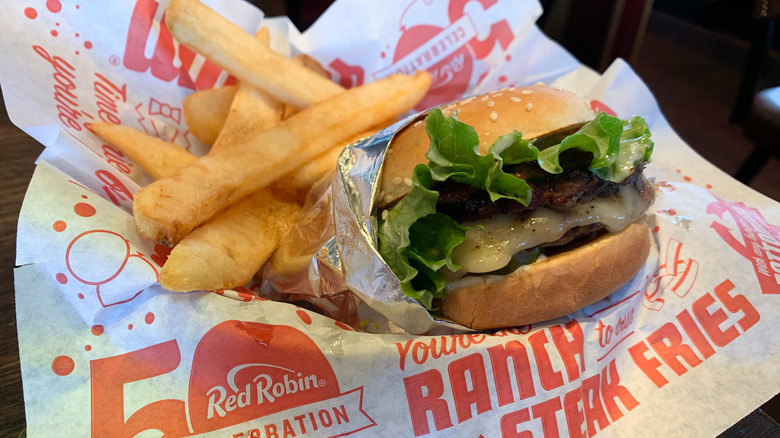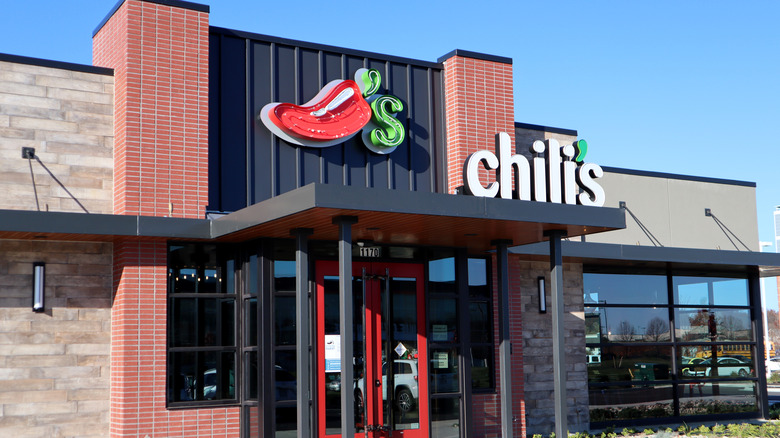How 'Barbell Pricing' Is Helping Keep Restaurants Afloat
The pandemic, the Great Resignation, and inflation have not been easy on the restaurant industry; whether it's fast food or fine dining, everyone is feeling the pinch. According to a report from the National Restaurant Organization from January 2022, most restaurant operators said that they couldn't see the industry stabilizing for at least a year, if not more. Overhead costs were expected to remain high, as well. Food shortages and supply demands were also a source of woe last year and continued into this year. A shortage of people – all the way from cooks to those working on farms and meatpacking plants – has also been a hurdle the industry needs to overcome. All of these have led to lower quality and customer satisfaction scores over the past year (via ACSI).
However, food prices are at their highest point yet, and eating out is a luxury that many with limited disposable income can't really afford. All of this means that the average consumer might choose to eat at home rather than go out. But restaurants are finding ways to remain an attractive option to a range of people while still protecting their bottom line. Enter barbell pricing.
Barbell pricing means restaurants remain attractive for money-savers and splurgers
Barbell pricing is "the practice of simultaneously promoting both high- and low-priced menu items." It ensures that people keep eating, and the restaurant stays in the black and out of the red. A good example of this is Red Robin, who are promoting their $10 Gourmet Meal Deal, while also advertising a Cheese Lovers burger for $15.99 at the same time. Essentially, barbell pricing is a marketing tactic that appeals to two kinds of customers – the more price-conscious and those who aren't. Inflation has been worse for lower-income Americans, while higher earners haven't felt the pinch as badly and therefore haven't changed their spending habits much.
But those with lower incomes have had to seriously consider how they spend their discretionary income. Keeping attractive prices on the menu ensures the people who usually order the cheaper items return while simultaneously pushing the pricier items that are vital to a restaurant's bottom line, and attractive to those who can afford them. And, if you're already in the door — and willing — it's easier to get you to pay for that upgrade (via Restaurant Business).
To remain attractive to consumers, some restaurants have risked their bottom line by offering deep discounts, but others have been a bit more nuanced. Chili's has fewer discounts which meant fewer customers, but they've seen an increase in sales – margins grew by half a point by the end of their first fiscal quarter (via Restaurant Business).

